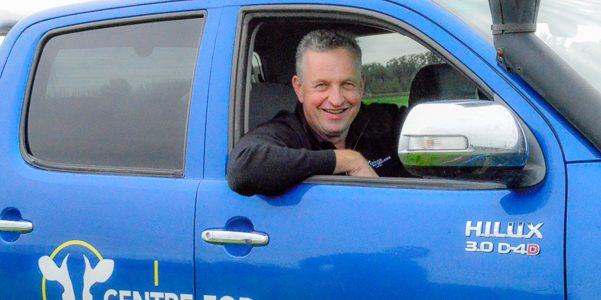
It’s time for a deserved break, and then let’s start discussing the 2023/24 season!
After a wet and muddy calving and all the hard work put in through mating, most farmers and staff will be thinking about having a well-deserved break. Then when you get back, you will be refreshed and ready to start reviewing and planning for the forthcoming season, as well as making sure the current season flows well until dry off.
Is it the 31st May or the 20th July when the first heifer calves? It is actually mid-January, when your cows are in calf. Why start this early? Because your cow, as a marathoner, will need to start getting fit and in the right condition for the next calving/season, or for the next race. Her big effort to produce milk will be slowing down from now until Christmas, and then she starts to be less efficient at producing milk for every kgDM she eats. But also, your pasture is slowing down and your rounds are getting longer.
The priority from January onwards is to get your cows to a target body condition score of 5 at drying off (BCS 5.5 for your heifers). Yes, you could put weight on through the winter, but you need to remember that your cows are less efficient at putting weight on at this stage of gestation.
When the cows are milking, they need around 39MJME to put on 1kg liveweight (LWT) while during the dry period they need 46MJME. This means that, to increase the BCS by 1 (e.g. from BCS 4 to BCS 5) your cows will use an extra 415MJME, this being equal to 39.5kgDM of an average diet (10.5MJME) extra for every cow in your herd. You also need to consider the transition times going into a crop and going out from crop to pasture. How much actual time will you then have to put weight on them? Not much.
The other reason is because you need to start thinking about your budgets for next year. How many cows are you going to milk? How much feed will you need to achieve your production targets? How many kgDM will you need to have available for your cows? How many MJME will your cows need for next season? What are the potential costs you will have? What is the most profitable scenario?
Finally, have you achieved your own personal and business goals? If not, why not? If you have, well done! But will your goals and objectives and that of your team remain the same for the next coming year?
If you want support from the Centre for Dairy Excellence to help you to answer any or all of these questions, please do not hesitate to get in touch with our qualified and experienced consulting team.